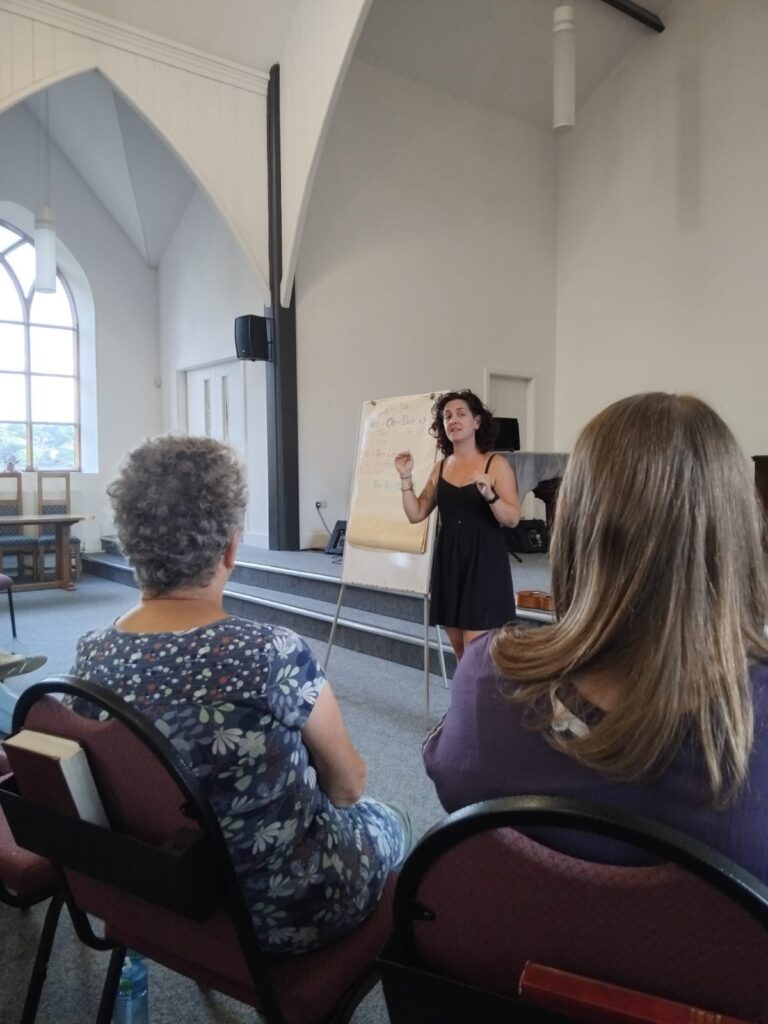I’ve written before about the similarities between running and singing but I was out this morning in the spring sunshine and a very specific thought struck me.
I was trying to stay focused on my body, keeping a rhythm going, controlling my breath – I know, I know, it’s like singing, we’re keeping a rhythm and managing our breathing, but that’s not quite what this post is about. What I was telling myself as I plodded round the park was, “abs, and glutes, and tuck your tail under”. Of course, I turned it into a little song in my head.
I’ve been trying to build up my strength and run in a way that should prevent me from getting injured, so I’ve been doing a lot of exercises using my stomach and bum muscles, instead of putting so much strain on my lower back, hamstrings and knees. I’m definitely getting stronger, but what I find hard is to remember to use all these muscles when I’m actually running. I’ll think about where I’m going, and is my ankle still twinging, am I going to get back in time for that parcel, and was that a robin? and I’m just putting one foot in front of the other in a slightly ramshackle way like I always have. Hence the song and trying to run more consciously, using the right muscles and staying aligned on every step.
THIS is today’s parallel. We do lovely warmups at the beginning of the rehearsal, breathing in deeply, controlling the exhale, and standing in a strong, well-balanced way. Depending on the week, we might practise creating a lovely legato sound, building a precise rhythm or enunciating our words clearly. And then we start singing a real song and we just sing, not really thinking about any of the things we learnt in the warmup.
It takes work. It takes lots of practice, consciously engaging your brain and muscles, to improve the way you run, or sing. It might feel a little mechanical to start with, and you’ll forget after a while, but it really does help. Just take one thing first – try standing tall, with soft knees, a long neck and wide shoulders. If you notice your posture slip (in whatever your idiosyncracies are – rounded shoulders, standing lopsided with one hip out, lifting your chin too high), just fix it on the next in-breath. The more you do this, the more good habits you will build and when this becomes second nature you can move on to another aspect.











